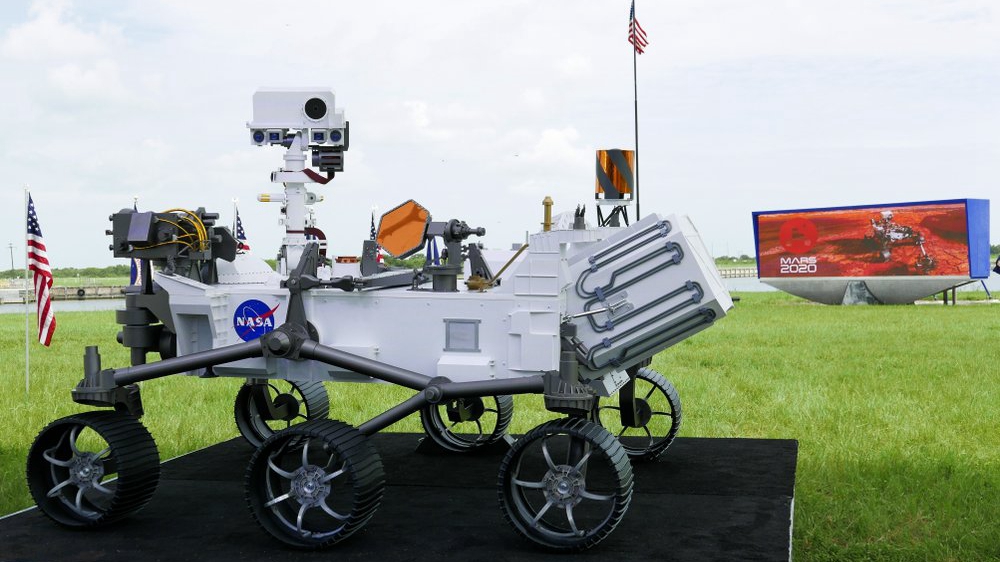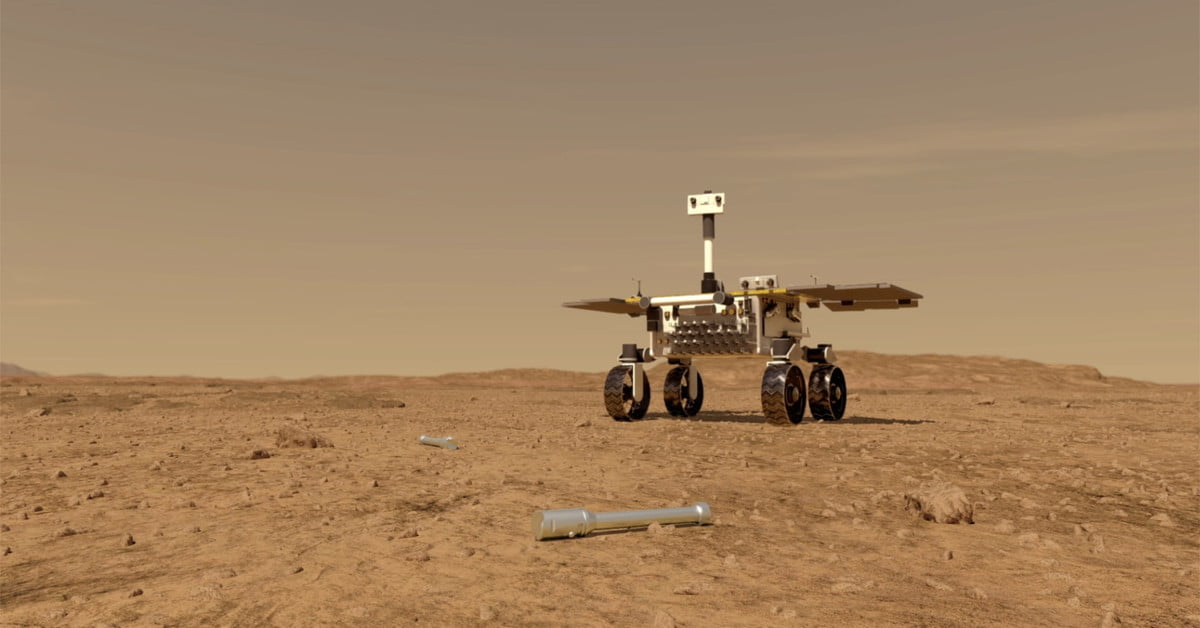
Scientists targeted Jezero for Perseverance because, on our planet, sprawling river systems like that found in the Martian crater build up enormous deposits of sediments. Although many of the samples are yet to be gathered for a journey to Earth that remains years in the future, those already collected have whetted researchers’ appetite for their return home. These tubes will hold samples sourced from the area in and around Jezero Crater, the site of a four-billion-year-old river delta and the locale where the rover landed on February 18, 2021. These 10 tubes are only the opening course in a bigger awaiting feast, a backup cache in case Perseverance breaks down before it can fill and deliver the 33 additional tubes that it carries. Some of these minerals indicate there was organic material.”īut to know for sure, scientists need to bring these tubes back to Earth for closer study-an audacious endeavor known as Mars Sample Return (MSR), which is slated for the early 2030s via a follow-up robotic mission. “We see evidence of particular minerals that tell us there was water. Those tubes “are capable of telling us whether Mars was habitable,” says Mitch Schulte, Perseverance’s program scientist at NASA Headquarters in Washington, D.C.

Each contains a sample of Martian rock that was carefully selected for its potential to clarify chapters of the planet’s still-murky history.


In January NASA’s Perseverance rover deposited 10 tubes on the surface of Mars. If life ever existed on Mars, we may already have the answer at hand.


 0 kommentar(er)
0 kommentar(er)
